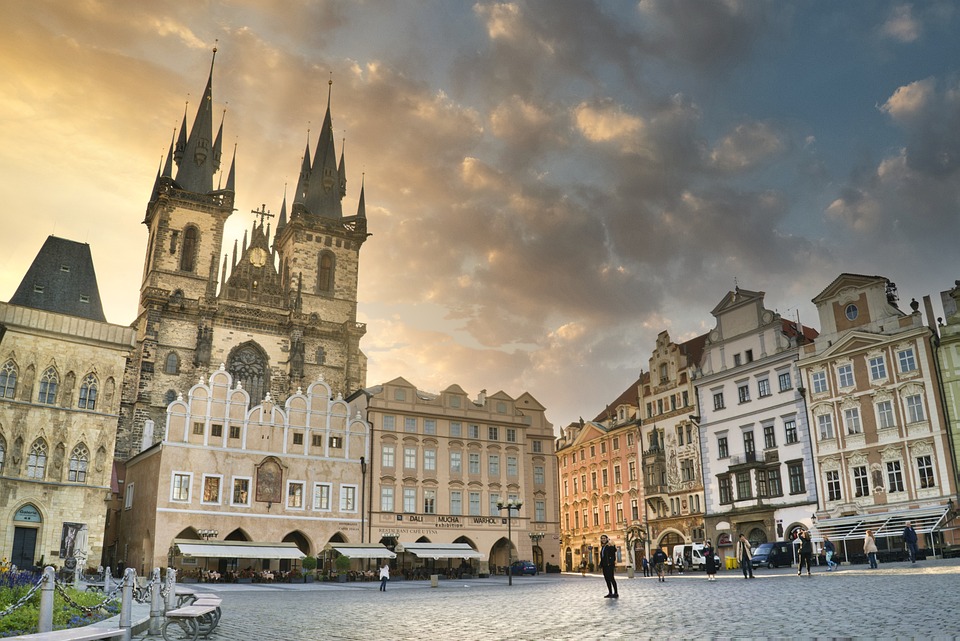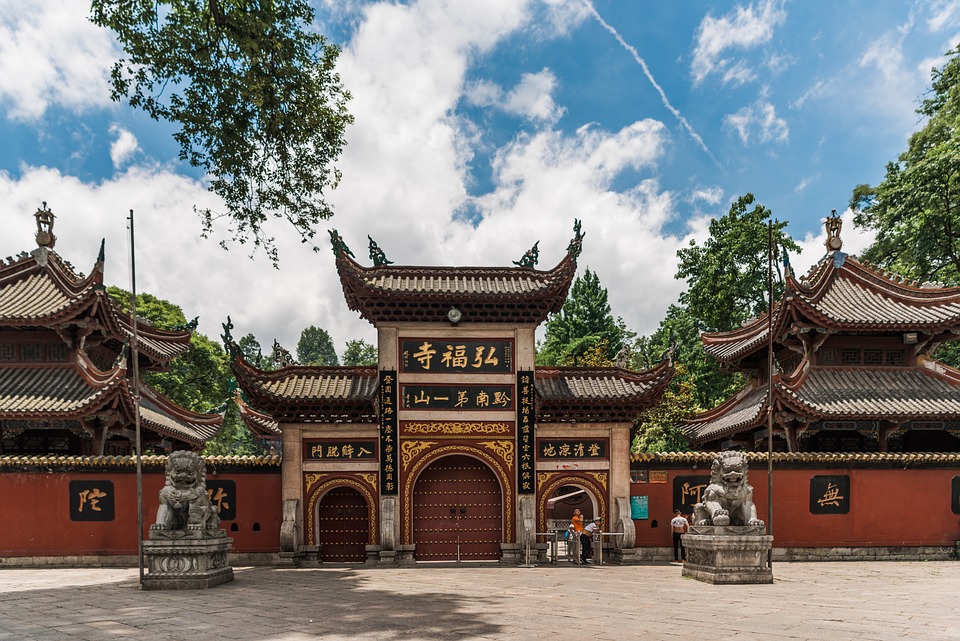Capturing the World: A Photographer’s Guide to Travel Photography
Travel photography is a unique discipline that allows photographers to explore the world and capture its beauty, culture, and diversity. With the rise of social media and photo-sharing platforms, travel photography has become increasingly popular, inspiring more and more people to document their travels through stunning images. If you’re a photographer looking to hone your skills and capture the world in all its glory, here is a guide to help you do just that.
First and foremost, it’s essential to have the right gear when embarking on a travel photography adventure. While a high-end camera is preferred, you don’t necessarily need the most expensive equipment to take great photos. A good quality DSLR or mirrorless camera with a versatile lens (such as a zoom lens) will suffice for most travel situations. Additionally, investing in a sturdy tripod, extra batteries, memory cards, and a camera bag to protect your gear is essential.
Once you have your gear sorted, the next step is to do your research. Researching your destination beforehand will help you plan your shots and know what to expect. Look for iconic landmarks, hidden gems, and local events that you can photograph. Keep in mind that some places may have restrictions on photography, so it’s crucial to be aware of any rules and regulations.
When it comes to composition, remember the rule of thirds. By dividing your frame into thirds both horizontally and vertically, you can create a more visually appealing image. Experiment with different angles, perspectives, and framing to add interest to your photos. Don’t be afraid to get creative and try new techniques, such as long exposures or HDR photography, to capture unique shots.
Lighting is another crucial aspect of travel photography. The best times to shoot are during the golden hours (sunrise and sunset) when the light is soft and warm, creating a beautiful ambiance. However, don’t let bad weather deter you – gloomy skies and rain can add drama and mood to your photos. Use natural light to your advantage, but don’t be afraid to use artificial light sources such as flash or reflectors when necessary.
One of the most important elements of travel photography is storytelling. Your photos should evoke emotions and tell a compelling narrative about your travels. Look for moments that convey a sense of place or capture the essence of the local culture. Don’t just focus on capturing beautiful landscapes – try to include people, street scenes, and daily life to create a more immersive experience for your viewers.
Lastly, don’t forget to edit and post-process your photos. Editing can help enhance your images, correct any imperfections, and add your unique artistic touch. Experiment with different editing techniques, such as adjusting exposure, contrast, colors, and cropping, to make your photos stand out. Once you’re satisfied with your edits, share your photos on social media or personal blog to showcase your work and inspire others to travel and explore the world through photography.
In conclusion, travel photography is a rewarding and fulfilling experience that allows you to capture the beauty and diversity of the world. By following these tips and guidelines, you can improve your skills and create stunning images that will leave a lasting impression on viewers. Remember to be patient, curious, and open-minded as you embark on your photography journey, and most importantly, have fun capturing the world through your lens.




